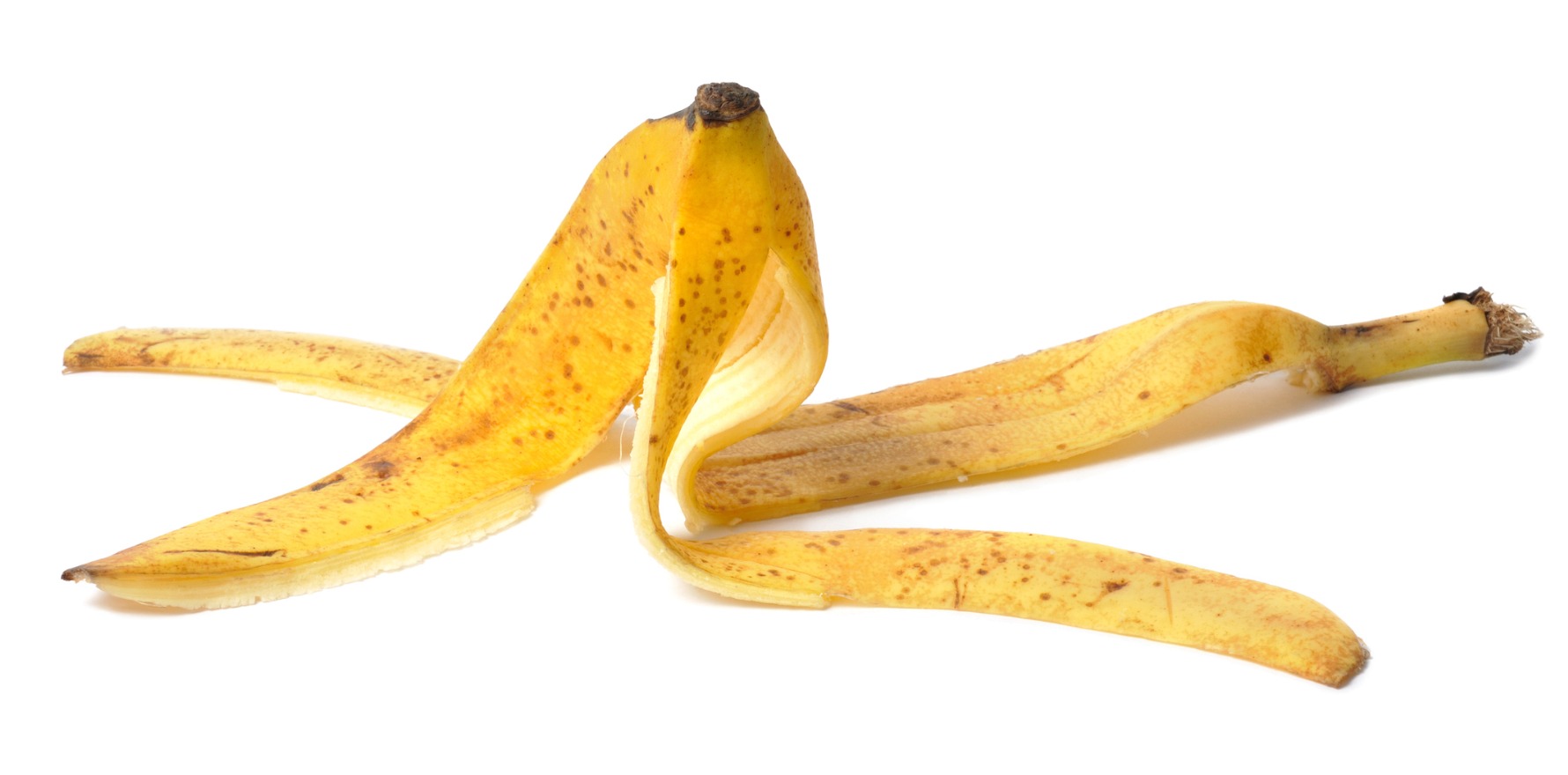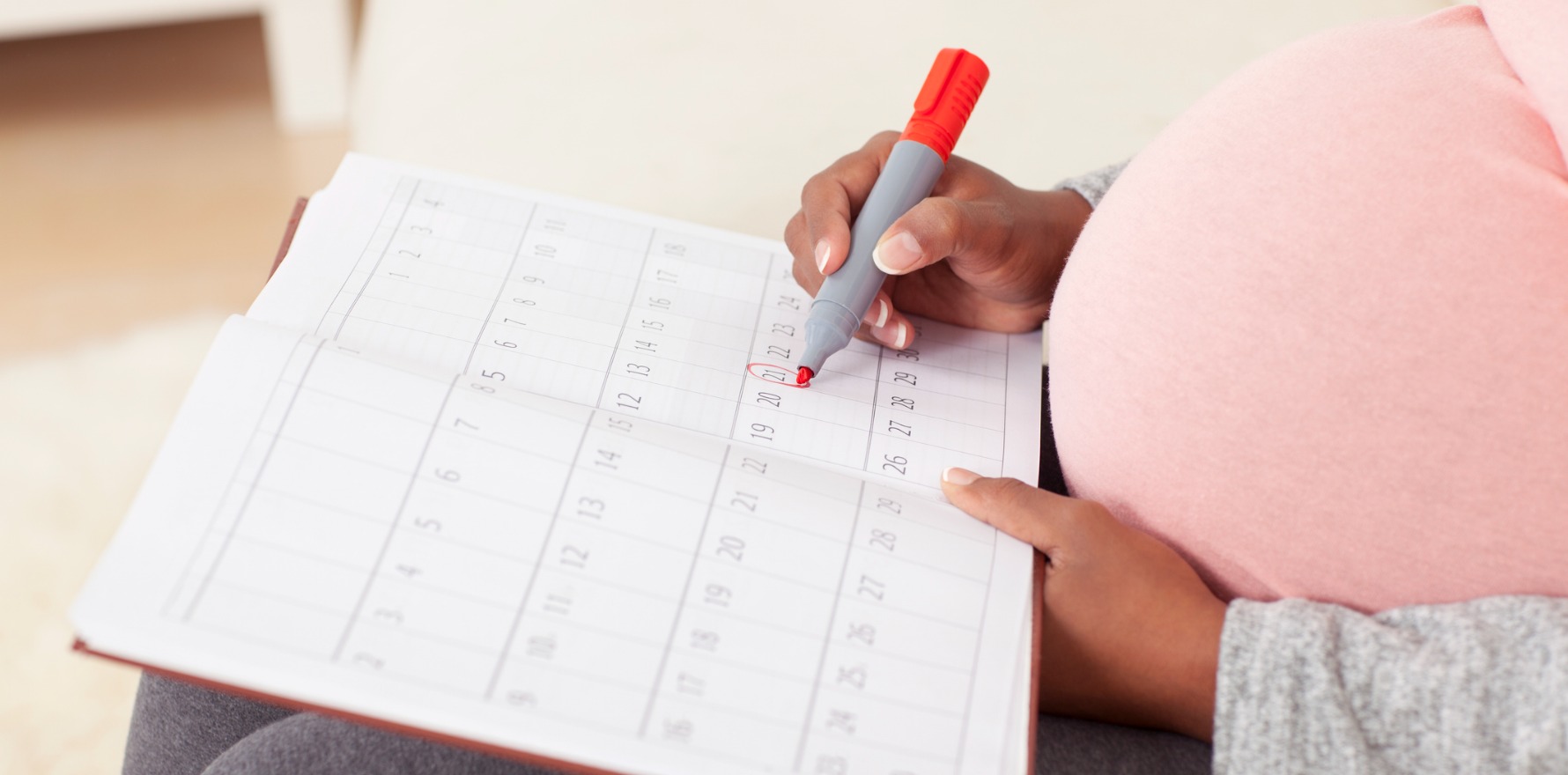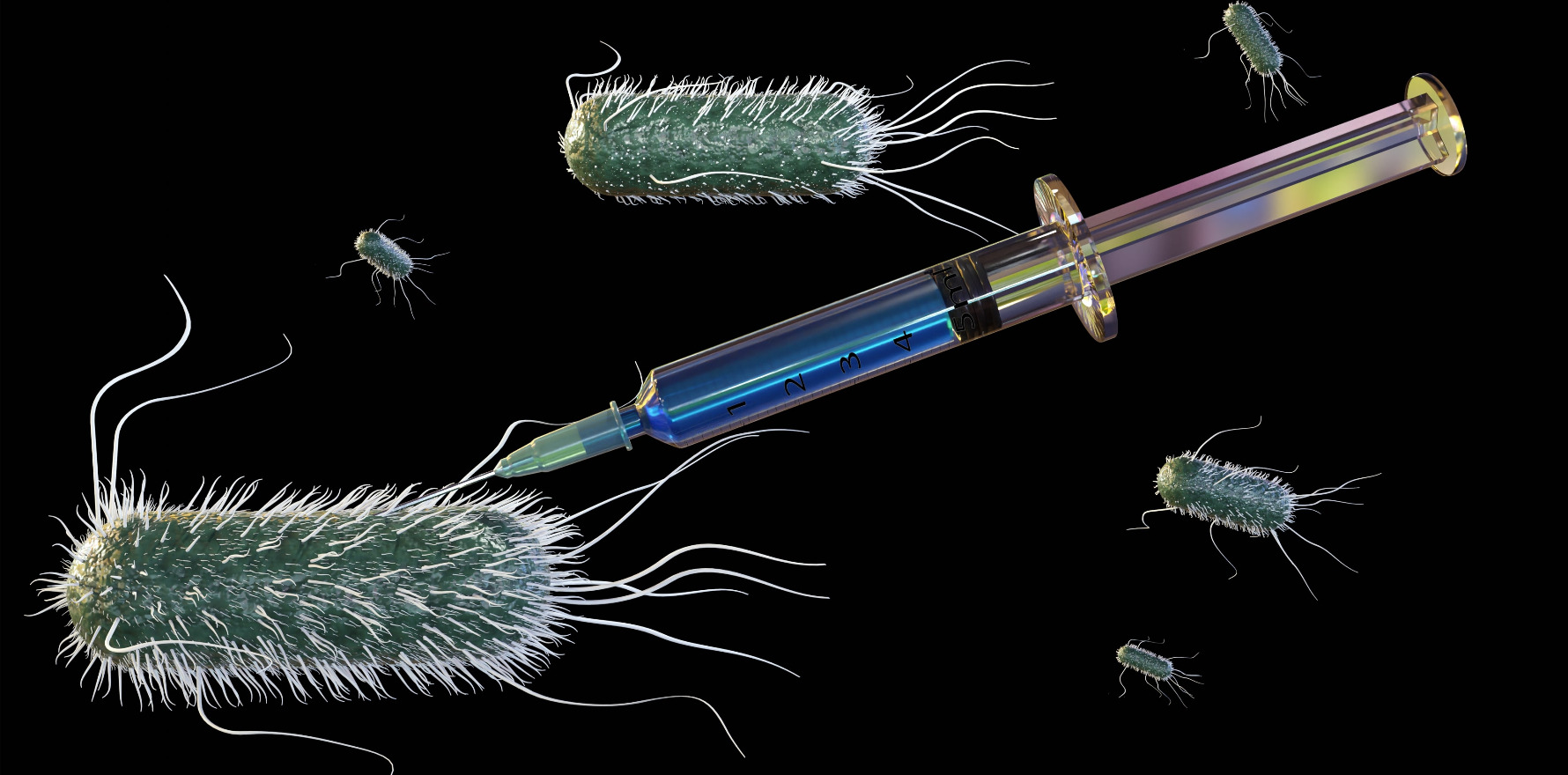The proportion of fully vaccinated children in Australia has continued on a slight downward trend since 2020, following eight years of sustained growth.
The National Centre for Immunisation Research and Surveillance has flagged “modest but concerning declines” in vaccine coverage, particularly within Indigenous populations.
Between 2022 and 2023, the proportion of all children who were fully vaccinated at 12 months, 24 months and 60 months of age all decreased by between 0.1 percentage points and 0.5 percentage points.
At the end of 2023, 92.8% of 12-month-olds were fully vaccinated, 90.8% of 24-month-olds were fully vaccinated and 93.3% of 60-month-olds were fully vaccinated.
While not necessarily significant in isolation, the slight decline follows 1.1 to 1.5 percentage point decreases at all three milestones between 2020 and 2022.
In the eight years directly preceding the pandemic, coverage had generally increased year-on-year.
NCIRS associate director for surveillance and coverage Associate Professor Frank Beard said Australia’s vaccination coverage remained high by international standards, but “remind us we can’t be complacent”.
The specific vaccinations with the highest rates of coverage at five years of age (60 months) were hepatitis B at 96.6%, measles-mumps-rubella (MMR) at 96.4% and varicella dose 1 at 96.3%.
There was a more noticeable decrease in the proportion of children five years or under getting an influenza vaccine, dropping from 34.1% in 2022 to 30.3% in 2023.
Geographically speaking, the areas with the lowest vaccination rates were the NSW north coast and Queensland’s Sunshine Coast.
Just one in 10 children in the Sunshine Coast region of Gympie-Colloola received a flu vaccine in 2023.
Coverage for the flu vaccine was highest in the ACT, where the majority of children received one.
While a higher proportion of Aboriginal and Torres Strait Islander children – 95.0%, to be exact – were fully vaccinated at 60 months compared to the national average, rates for 12-month-olds and 24-month-olds were below those of their peers.
Related
One of the bigger disparities emerged in data related to the proportion of children receiving their second dose of the diphtheria-tetanus-pertussis vaccine.
“The proportion of non-Indigenous children vaccinated on time (i.e. within 30 days of the recommended age) with the second dose of DTPa-containing vaccine, while exhibiting some fluctuations, decreased from 90.1% in the second quarter of 2020 to 83.5% in the last quarter of 2023,” the report said.
“On-time vaccination coverage for Indigenous children followed a similar pattern but was approximately 10 percentage points lower than for non-Indigenous children, decreasing from 80.3% in the second quarter of 2020 to 74.6% in the last quarter of 2023.”
There were similarly modest but consecutive declines in vaccination coverage for adolescents.
In adults, coverage for the pneumococcal vaccine increased to 37.6% for older adults. At the same time, the proportion of adults getting the influenza vaccine declined.





